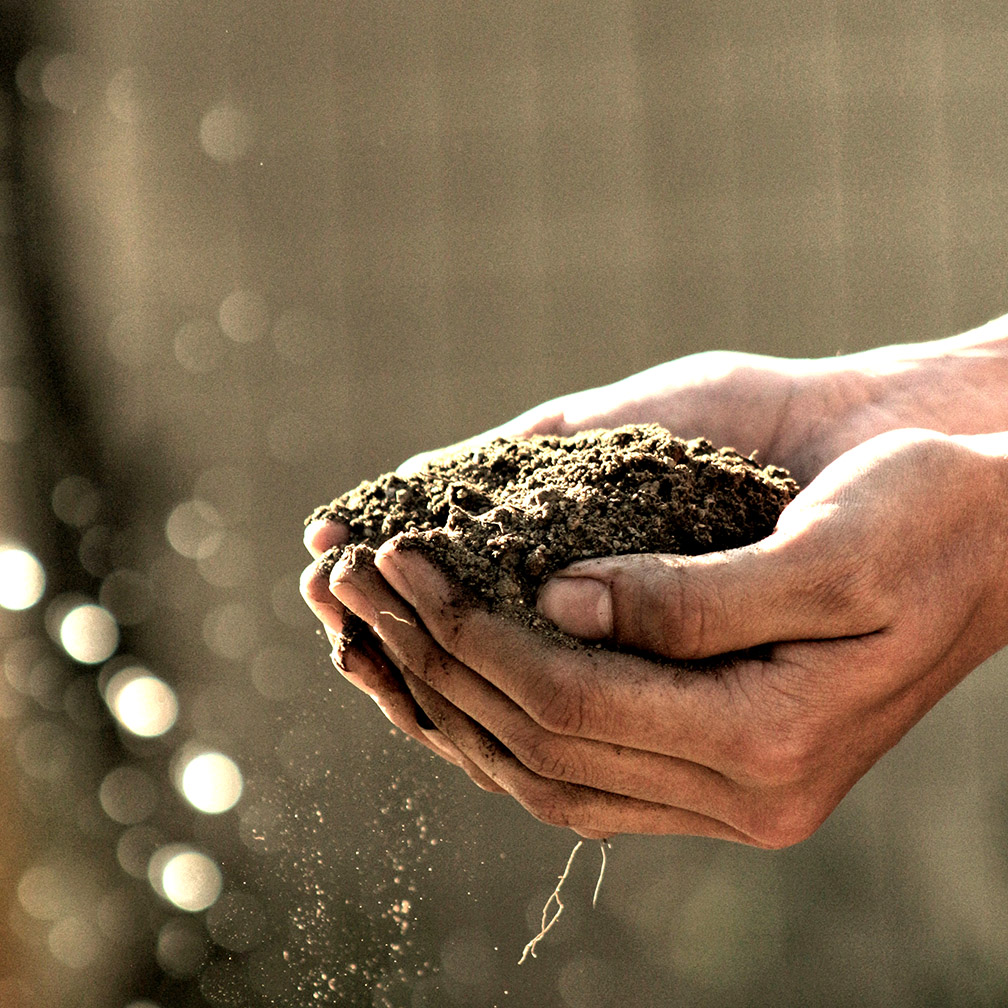In soil, moisture is found in the spaces between the particulate matters of sand, clay, and silt. Loamy soils are a friable mixture of the three types and are able to hold moisture better than any one type alone. Soil is generally 45% particulate matter, 50% pore spaces which hold moisture and air, and 5% organic matter. (In New Mexico, organic matter averages only 1–3%.) A plant’s root system depends on soil moisture to protect it from swings in temperature. As the planet warms, soil moisture decreases and stabilizing existing moisture becomes more critical for plant survival.

There is a National Coordinating Soil Moisture Monitoring Network (NCSMMN) with 1,200 stations across the US. They advise farmers and ranchers using mathematical modeling of evapotranspiration and sensed soil moisture from its network. This data can help ranchers manage forage and the number of cattle on a parcel of land as well as help farmers decide which crops to plant and the timing of planting. In general, fruits, vegetables, nuts, and medicinal herbs are more vulnerable to changes in moisture than field crops.
Soil moisture can be measured by high tech using satellites or simply using a trowel or auger in your garden. Drill or dig down six inches and feel the soil – it should not crumble in your hand. If it does, more water is needed.
To learn more about soil in NM, check out NM Healthy Soil. Their premise begins with “Soil is a living ecosystem which sustains plants, animals, and humans.” Adequate soil moisture makes this possible.
by Sue Brown with input from Robert Flynn, NMSU Extension-Artesia

